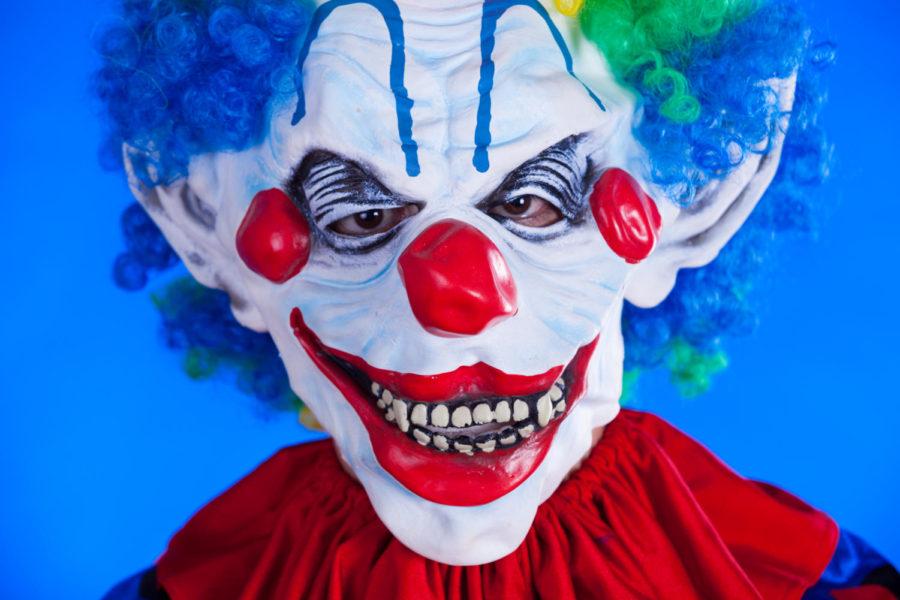Worldwide clown epidemic spreads to southwest Missouri
The creepy clown, like the one picture above, really became a common stereotype after the release of Stephen King’s it, which features a murderous clown named Pennywise.
For many, October brings with it a sense of excitement and imminent holiday fun. A surprisingly pleasing spooky feel fills the air of the crisp October nights, and even the most ardent lovers of Halloween aren’t exempt from the nervous alertness that walking across a dark parking lot can produce. For people all over the country and all over the world, though, a frightening phenomenon has made walking through the darkness an even scarier prospect: Scary clowns are popping up en masse, harassing and scaring innocent people.
No one has figured out why the trend started, but most news outlets point to its beginning being around August. While most of the antics have been relatively harmless, there have been cases of clowns threatening to attack schools and reports of yet other clowns trying to lure children into the woods. While there have been no reports of actual violence perpetrated by clowns, the clowns themselves are getting beaten and bloodied by people who have had enough of their hijinks.
Clowns are actually a fairly common fear amongst children and adults, but historically, clowns have been sources of entertainment and joy. It was only around the time that Stephen King’s It was published that the “creepy clown” concept became widespread. Even King himself did not think of the idea—the book is said to be inspired by John Wayne Gacy, a children’s clown by day and a serial killer by night. Gacy, who was caught and eventually executed for his crimes, was referred to as the Killer Clown.
The clown epidemic is widespread, and small city Joplin is no exception. Multiple people have reported seeing clowns in the Joplin metro area, and the Joplin Police department received so many concerned messaged and phone calls that it was forced to issue a statement on its Facebook page.
As avid Internet users, Missouri Southern students are no strangers to the clown situation.
Kelby Pollock, a sophomore English education major, said, “I think it’s terrible. For one, people shouldn’t be [doing] this at all, especially around the holiday times with Halloween coming up because kids are going to be out trick-or-treating, and they’re not going to be able to depict the differences from, ‘Oh, this is a normal person clown’ to ‘Oh, this clown’s a serial killer.’”
James Stallworth, a freshman art and business major, pointed out that though no clowns have actually hurt or killed anybody, there are Facebook pages created by “clowns” that contain some fairly violent and disturbing material.
“If you look on Facebook, last name ‘The Clown,’ you’ll find quite a few scary-looking clowns as a legit Facebook,” Stallworth said. Hit lists and other “psychotic remarks” are just some of the things one can find on these Facebook pages.
Though no one knows the exact cause of the so-called “clown epidemic,” it shows no signs of slowing down, especially with Halloween coming up. While the likelihood that this is a trend that will turn violent is slim, it’s always in one’s best interest to stay aware of their surroundings and report anything that makes them uncomfortable. After all, the scary nature of Halloween is not meant to translate into actual fear for one’s own life.
Your donation will support the student journalists of Missouri Southern State University. Your contribution will allow us to purchase equipment and cover our annual website hosting costs.
















